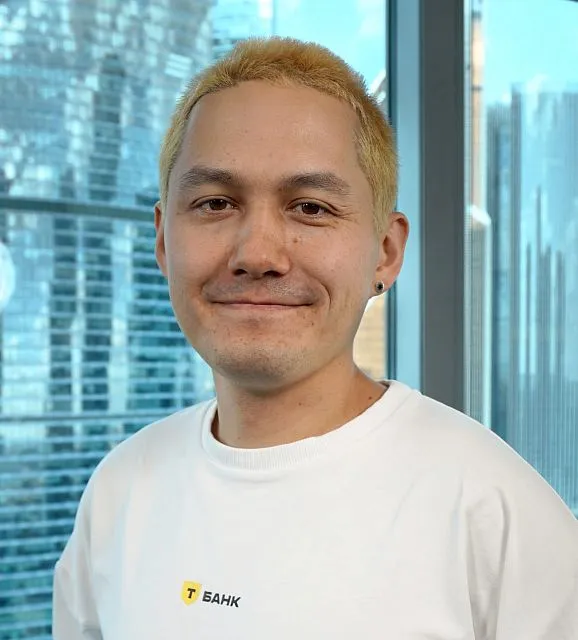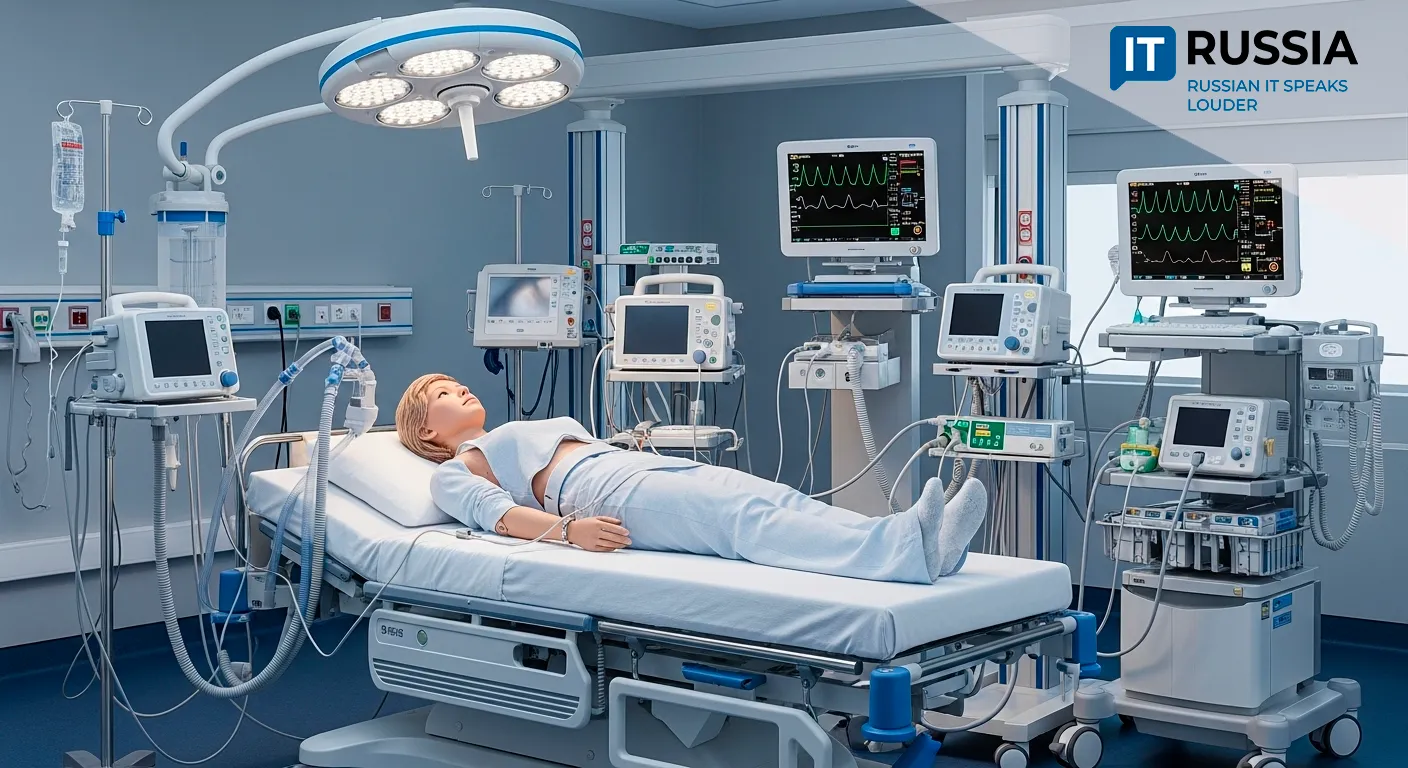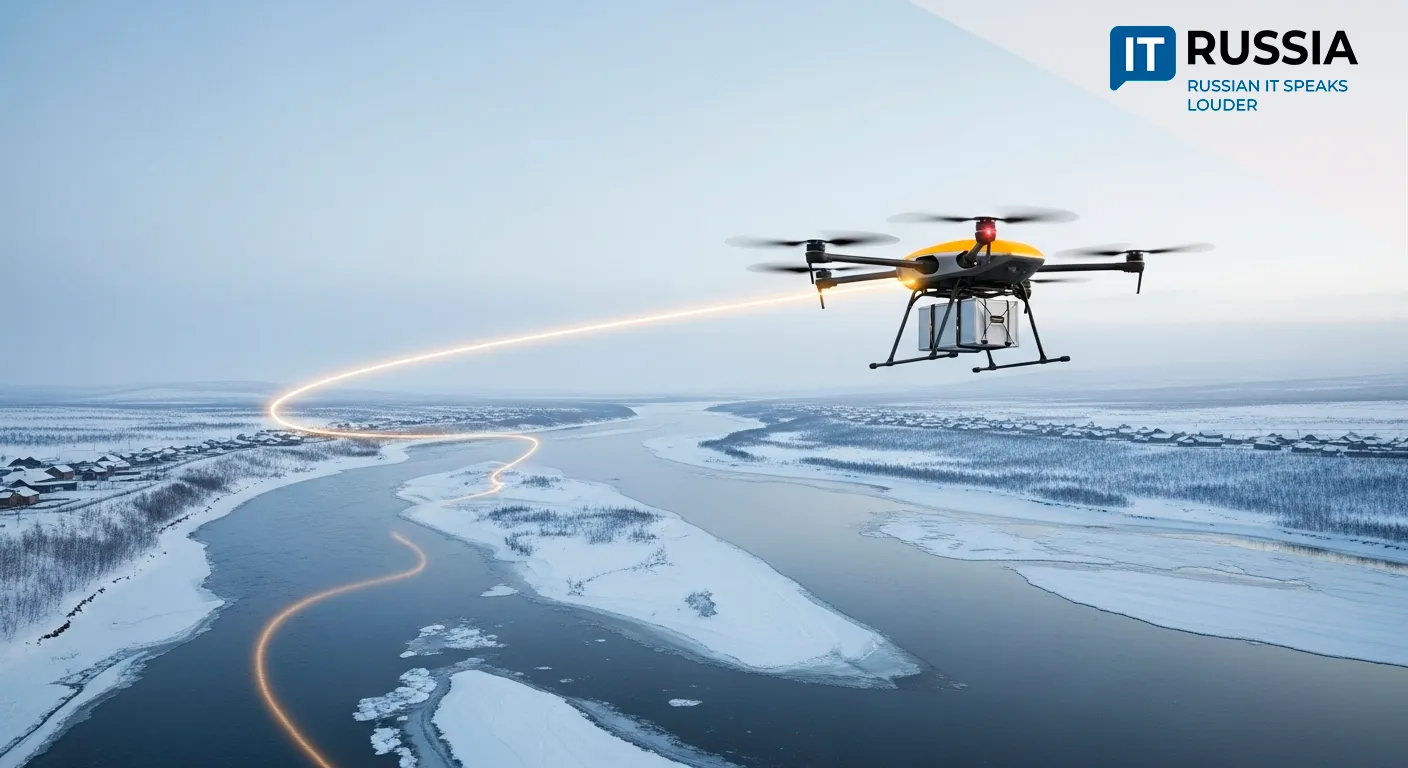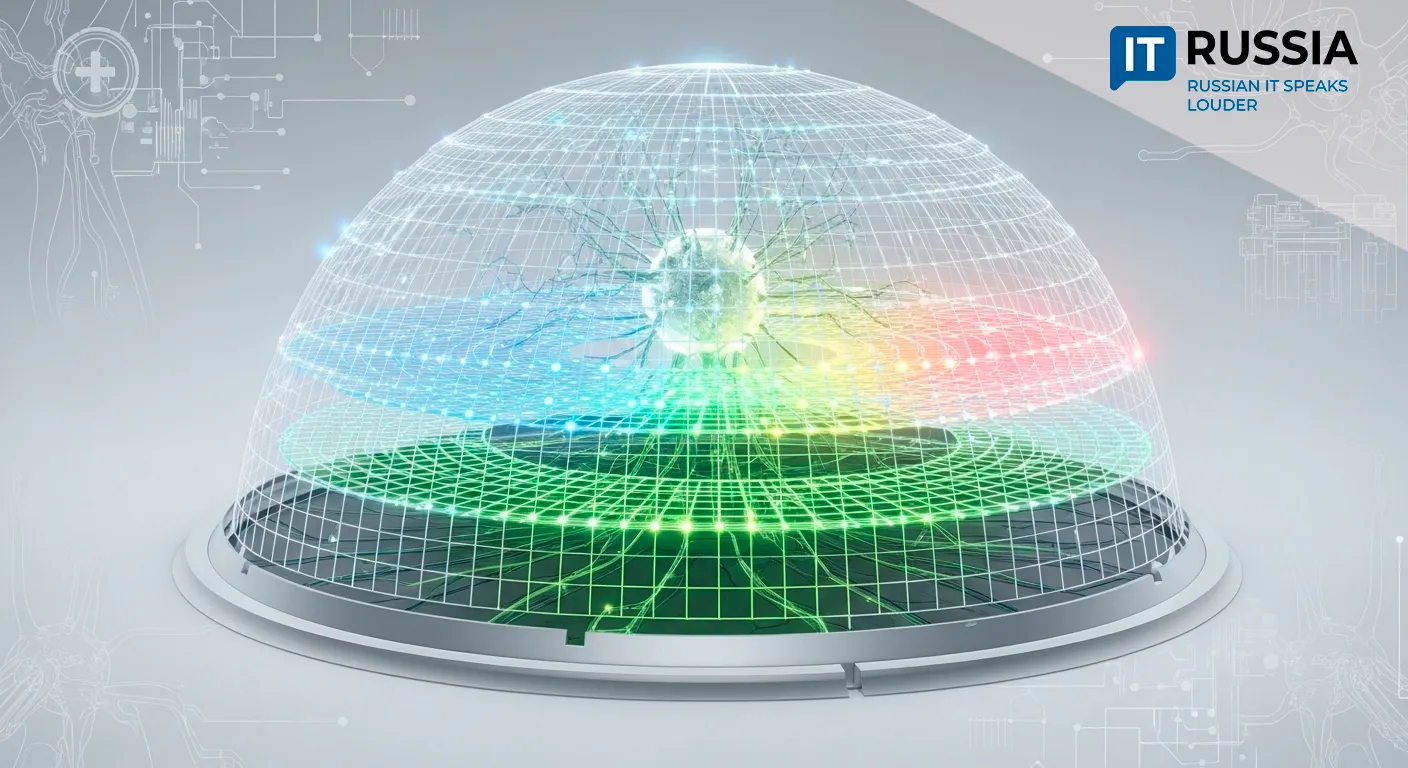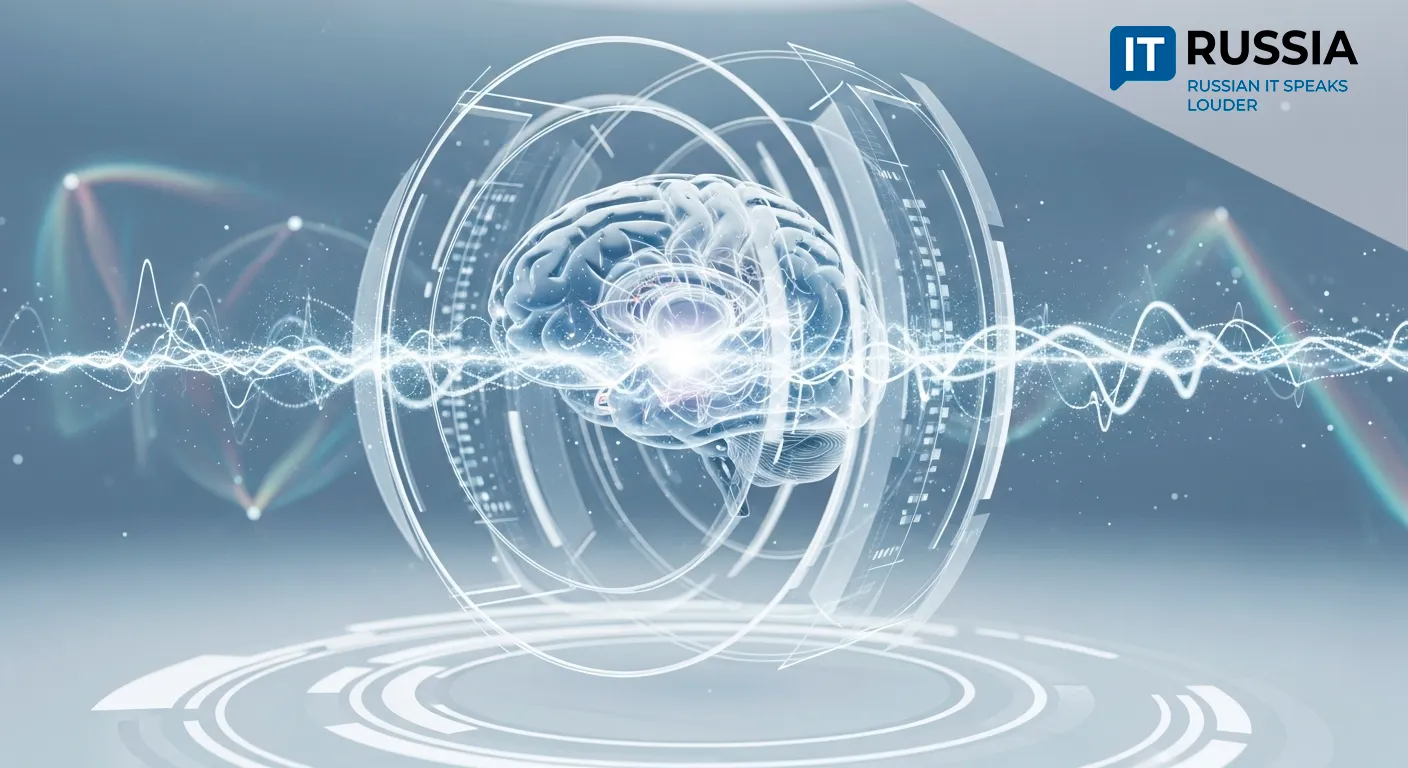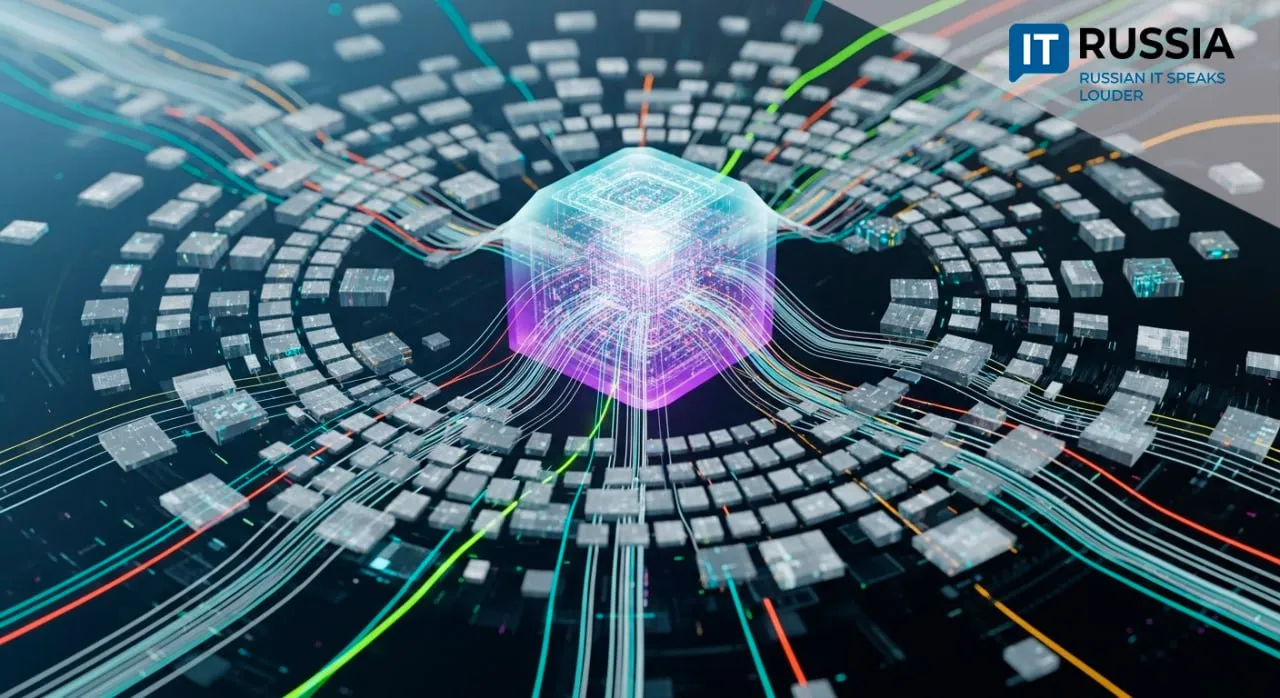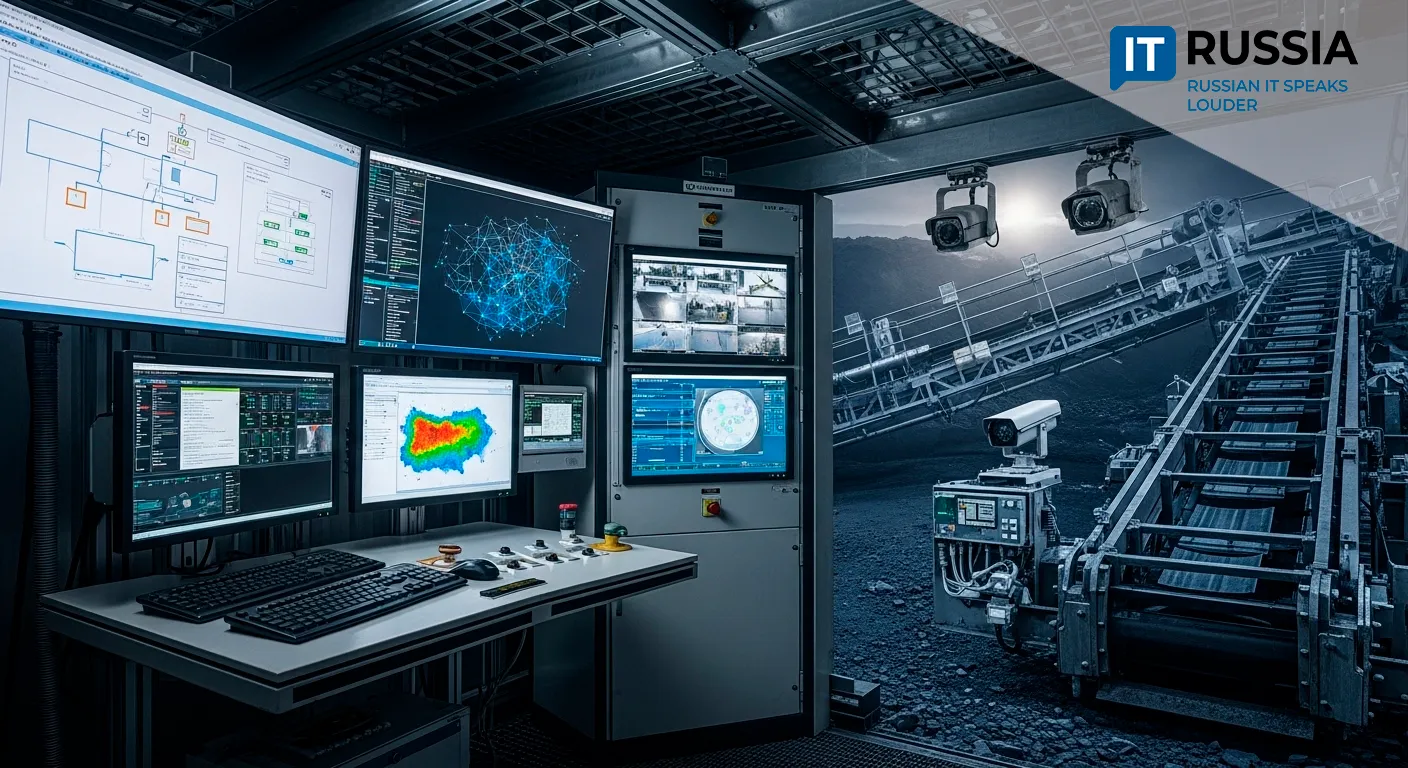Russia Unveils T-Pro 2.0, a Hybrid Reasoning Language Model for Smarter AI Applications
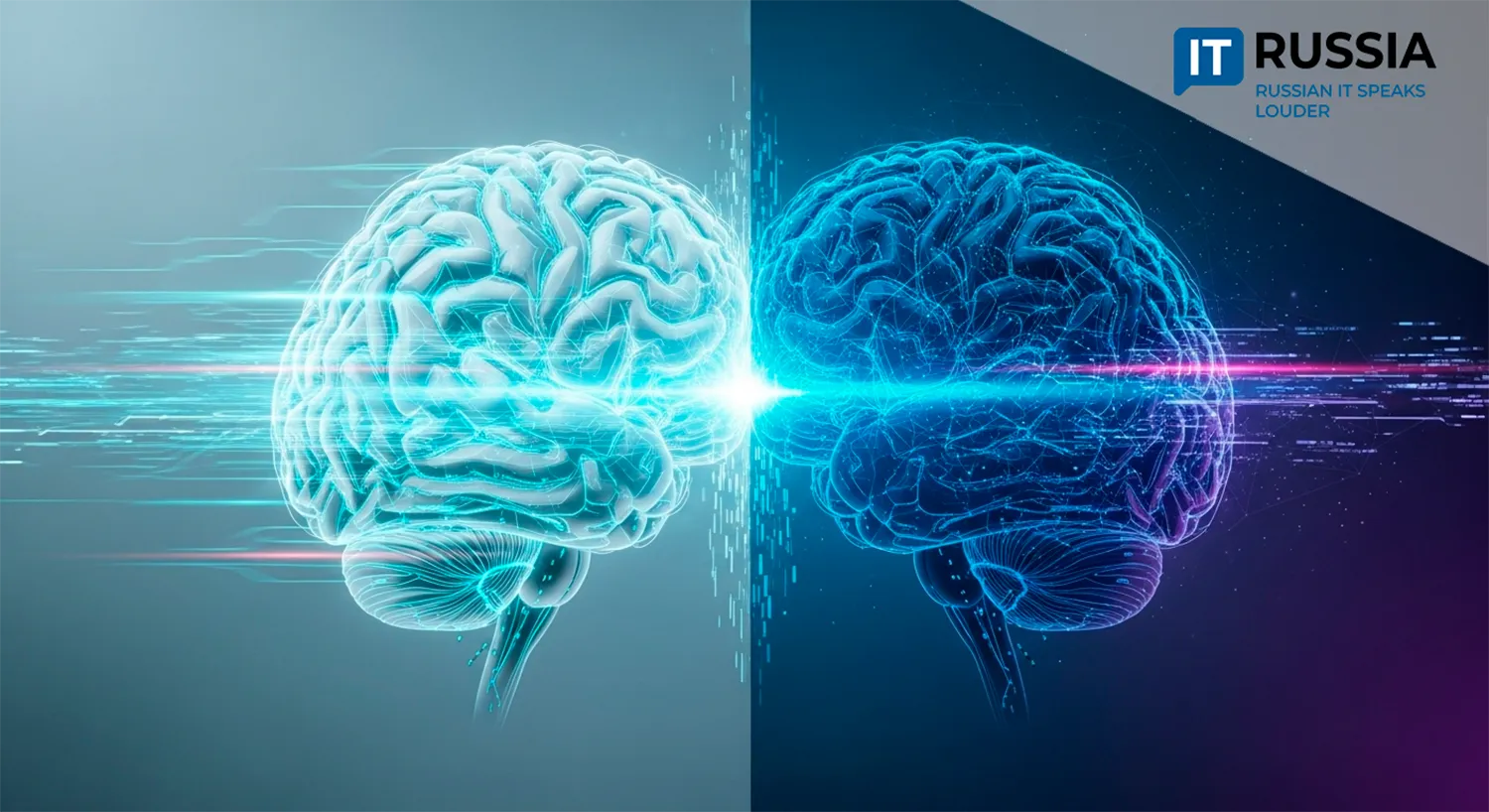
Developed by the Russian tech group T-Technologies, T-Pro 2.0 offers a novel hybrid reasoning mode that boosts efficiency and opens new possibilities for AI-powered digital tools.
Combining Speed with Complex Analysis
T-Technologies, a Russian firm specializing in software, AI, cybersecurity, and digital services, has launched T-Pro 2.0—its first large language model with a hybrid reasoning architecture. This innovation provides both fast, simple answers and in-depth analytical responses, cutting computation costs in half for Russian-language queries when compared to Qwen3 and DeepSeek R1-Distil.

The hybrid design gives users the flexibility to choose between quick replies and deeper insights, making it more cost-effective for real-world applications. The company reports that the full R&D cycle, including compute and team costs, stayed under 120 million rubles (roughly $1.5 million).
A Philosopher and Analyst in One Model
The model’s advanced reasoning capabilities enable it to tackle complex analytical tasks. T-Pro 2.0 can hypothesize, reason, and plan autonomously—tasks typically requiring a human 8 minutes to complete, versus the 30-second tasks assigned to earlier models.

It is already in use internally: T-Bank reports that its support agents using T-Pro 2.0 resolve 45% of customer inquiries without human intervention. These improvements were achieved by training the model on proprietary data, enabling twice the cost-efficiency of typical reasoning tasks on standard hardware.
By independently generating logic chains and evaluating its own conclusions, T-Pro 2.0 raises the bar for autonomous digital agents.
Flexible and Open for Use
T-Pro 2.0 is available on Hugging Face under the open Apache 2.0 license, allowing businesses and developers to freely download, integrate, and customize it.

The model’s use cases range from workflow automation and code generation to logistics, analytics, geological exploration, and industrial design. Its release also supports Russia’s digital sovereignty by reducing reliance on foreign AI tools.
Experts expect T-Pro 2.0 to be integrated into both public and private digital platforms in Russia over the next few years. Its architecture also makes it a viable export candidate for the CIS and Southeastern Europe, especially once localized.


